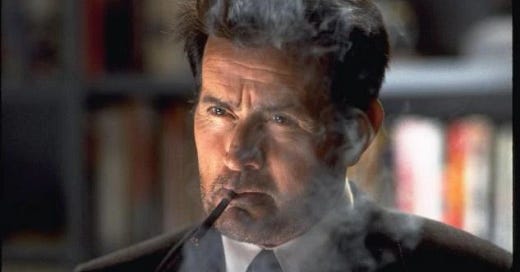Spawn in Hollywood
Or…How A Now Barely Watchable Movie Made Comic Book and Hollywood History: Part Two
Keep reading with a 7-day free trial
Subscribe to Daniel Best - Author to keep reading this post and get 7 days of free access to the full post archives.





